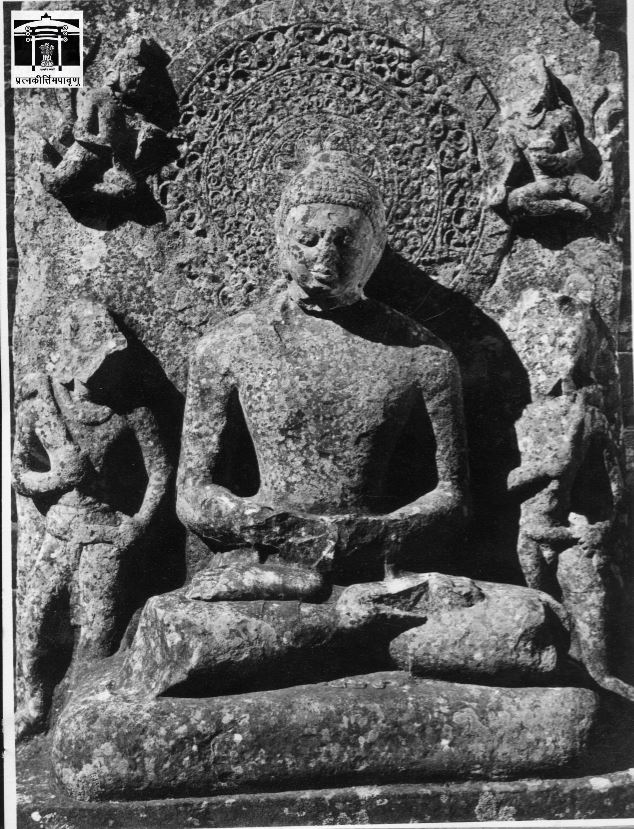𝐁𝐮𝐝𝐝𝐡𝐢𝐬𝐭 𝐌𝐨𝐧𝐮𝐦𝐞𝐧𝐭𝐬 𝐚𝐭 𝐒𝐚𝐧𝐜𝐡𝐢
The site of Sanchi comprises a group of Buddhist monuments dating back to the 2nd and 1st centuries B.C. It is the oldest Buddhist sanctuary in existence and was a major Buddhist centre in India until the 12th century A.D.



The site of Sanchi comprises a group of Buddhist monuments dating back to the 2nd and 1st centuries B.C. It is the oldest Buddhist sanctuary in existence and was a major Buddhist centre in India until the 12th century A.D.




The reign of Mauryan emperor Aśoka in 3rd century BCE is considered instrumental in spread of Buddhism in Indian subcontinent. With the establishment of monolithic Aśoka Stambha (pillar) bearing a highly elaborate capital, Aśoka distinguished Sanchi as a site of great importance. 







Since Aśokan times, subsequent powerful empires reigned over this region – such as the Sunga, Kushana, Kshatrapa & finally Gupta dynasties – continued to contribute to expansion of Sanchi with the construction of hypostyle, apsidal, temples, shrines, smaller stupas & viharas. 







Depicting Buddha through symbols, the sculpted art shows the evolution in sculpting techniques and the elaboration of icons. Stories and facts of great religious and historical significance, enlivened with bas-relief and high-relief techniques, are also depicted.
#worldheritage



#worldheritage




The quality of craftsmanship in representing the gamut of symbolism through plants, animals, human beings, and Jataka stories shows the development of art through the integration of indigenous and non-indigenous sculpting traditions.
#KnowYourHeritage #worldheritageweek2022



#KnowYourHeritage #worldheritageweek2022




Follow us on Facebook & Instagram for more information on 𝐁𝐮𝐝𝐝𝐡𝐢𝐬𝐭 𝐌𝐨𝐧𝐮𝐦𝐞𝐧𝐭𝐬 𝐚𝐭 𝐒𝐚𝐧𝐜𝐡𝐢.
facebook.com/IndianHeritage…
instagram.com/asi.goi/
#worldheritageweekcelebrations #EkBharatShreshthaBharat #sanchi #Buddha #gautambuddha #archaeologicalsurveyofindia



facebook.com/IndianHeritage…
instagram.com/asi.goi/
#worldheritageweekcelebrations #EkBharatShreshthaBharat #sanchi #Buddha #gautambuddha #archaeologicalsurveyofindia




• • •
Missing some Tweet in this thread? You can try to
force a refresh



















